Led by Professor Debin Ma, the State Capacity, Institutions, and Development Research Cluster quantifies state capacity in historical China, examining its evolution, regional variations, and impact on social and economic outcomes.
State capacity describes the ability of a state to collect taxes, enforce law and order, secure property rights and provide other public goods (Besley & Persson, 2011). Over the last few centuries, the world has witnessed an unprecedented increase in wealth as well as a remarkable transformation in the scope and scale of the state. The richest countries are characterised by long-lasting, centralised political institutions, whereas poverty is widespread in countries that are internally fragmented and lack a history of centralised governance. It is important to quantify state capacity in historical China, understand how it evolved over time and differed across regions and investigate how state capacity affected social and economic outcomes. The State Capacity, Institutions and Development Research Cluster investigates these and other questions quantitatively, as this is one of the most important pieces of the China puzzle.
We study the organizational demography of the Qing civil service from 1830 to 1911. Before the 20th century, the Qing bureaucracy was one of the largest non-military organizations in the world in terms of numbers of regular employees. At any given time, approximately 13,000 officials held formal appointments. We present the basic features of its organizational demography using data on nearly all civil officials with formal appointments from 1830 to 1912. We make use of longitudinally linked records of officials in the China Government Employee Database – Jinshenlu (CGED-Q JSL) to reconstruct rates of exit from service, the career lengths of officials, and the number of years since first appointment for currently serving officials. While previous studies of the Qing have examined turnover in specific types of posts, they have not considered the dynamics of complete careers. We find that exit rates in the first year of service were high and then low and stable afterward. While most officials only served for a short time, currently serving officials were relatively experienced. We also show that rates of exit from service declined for much of the last half of the 19th century, and then increased in the first decade of the 20th century. Declining turnover in the last half of the 19th century would have reduced opportunities for degree holders seeking posts and for officials seeking promotion at a time when the number of holders of purchased degrees competing for posts was increasing. We also compare different categories of officials. The results not only illuminate basic features of the organizational demography of Qing officialdom, but also provide a baseline for interpreting results from case studies of specific groups of officials or specific time periods.


已有對近代鄉村不平等的研究主要關注地權分配,好少關注收入、消費分配,特別是同時討論三者之間嘅關係。 利用滿鐵調查32個村莊嘅數據,發現從戶均角度睇,土地不平等的變動對收入不平等和消費不平等的變動有一定的解釋力,收入不平等的變動對消費不平等的變動則有較大的解釋力。 但從人均角度睇,土地不平等對收入不平等和消費不平等嘅解釋力以及收入不平等對消費不平等嘅解釋力都好有限。 另外,也發現土地租佃市場和借貸市場的發展,有助於減少收入和消費嘅不平等。


In process mining, extensive data about an organizational process is summarized by a formal mathematical model with well-grounded semantics. In recent years a number of successful algorithms have been developed that output Petri nets, and other related formalisms, from input event logs, as a way of describing process control flows. Such formalisms are inherently constrained when reasoning about the probabilities of the underlying organizational process, as they do not explicitly model probability. Accordingly, this paper introduces a framework for automatically discovering stochastic process models, in the form of Generalized Stochastic Petri Nets. We instantiate this Toothpaste Miner framework and introduce polynomial-time batch and incremental algorithms based on reduction rules. These algorithms do not depend on a preceding control-flow model. We show the algorithms terminate and maintain a deterministic model once found. An implementation and evaluation also demonstrate feasibility.


- 1
- 2



